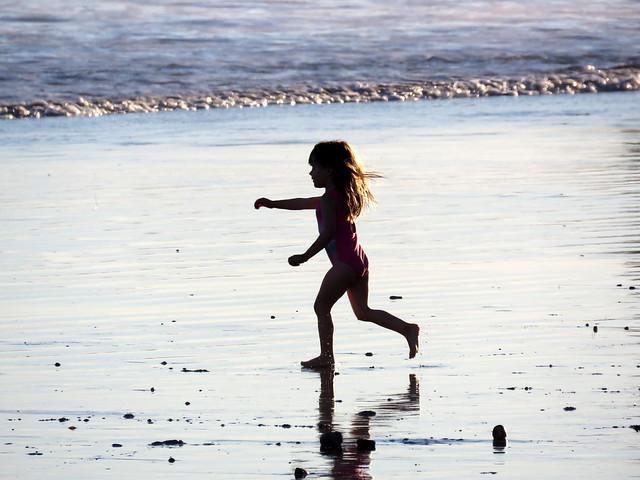
Heading to the mountains or beach? Slather on sunscreen
At high altitude or by water, your skin is exposed to greater UVA rays, and in areas you might not think to cover.
The heat is forecast to ramp up today, and Dr. Jennifer Gardner has one message for Northwesterners who will hike or be by the water: Keep sunscreen at hand, and use more than you think you need.
Gardner, a dermatologist, specializes in the treatment of melanomas at UW Medicine's Roosevelt Clinic. She stressed that hikers and water enthusiasts should be mindful about all areas not covered by clothes.
“When you are near more reflective surfaces such as at the beach or high altitudes, you have a higher exposure to UV rays; it can bounce off the surfaces at hit you at all angles,” she said.
Usually an SPF of 30 will suffice, she said, but people who are in the mountains, at snow level, or on the water may want to use SPF 50 or 70. For best protection, she said, use a shot glass' volume of sunscreen, approximately 1.5 ounces, every two hours on exposed skin.
That’s a lot of sunscreen, but many people simply don't use enough to be effective, she said, especially when sweating or jumping in and out of the water.
“Nothing is truly waterproof,” she said. “It’s not going to stick to skin if you’re sweating, in the water or in the rain.”
People of any ethnicity can get skin cancer. Those with darker skin tones get cancer at lower rates than Caucasians, yet these patients are usually diagnosed at a later stage and experience a higher rate of mortality, she said.
Demographically, youth is not a protection to melanomas. The youngest patient she’s treated for melanomas was 17. And just one session with a tanning bed before age 21 increases the risk of developing a melanoma by 75%, research indicates.
There is no "safe" tan, Gardner said. “The idea of a base tan making one safer is a complete myth."
For people concerned about a report published this week that some sunscreen chemicals may enter the bloodstream through the skin, Gardner and the American Academy of Dermatology recommend using sunscreen until additional study is done.
And when the clouds return next week, keep applying that sunscreen, she stressed.
“In the Pacific Northwest, we think we’re all protected, protected by our climate, the clouds. But a lot of UVA rays will come through the clouds, and that penetrates the second layer of skin and causes skin cancer.”
-- Barbara Clements, bac60@uw.edu, 206-221-6706
Media Resources
For details about UW Medicine, please visit https://uwmedicine.org/about.